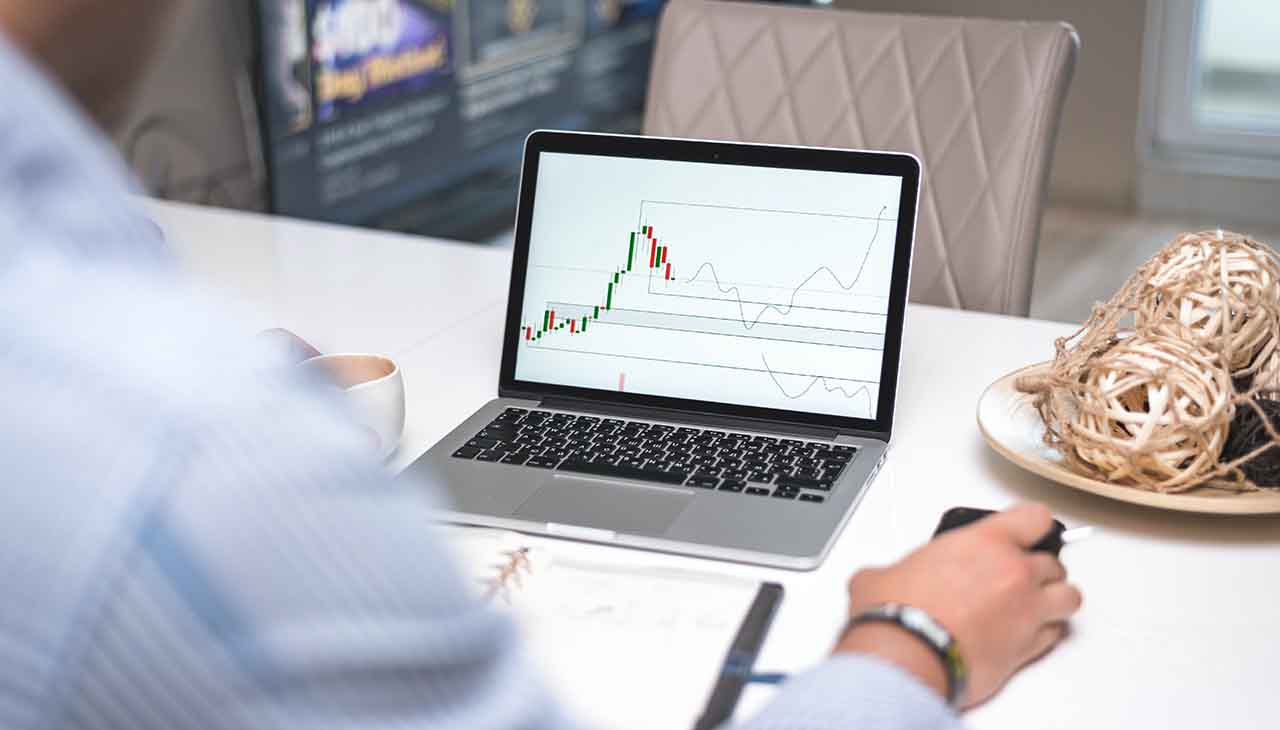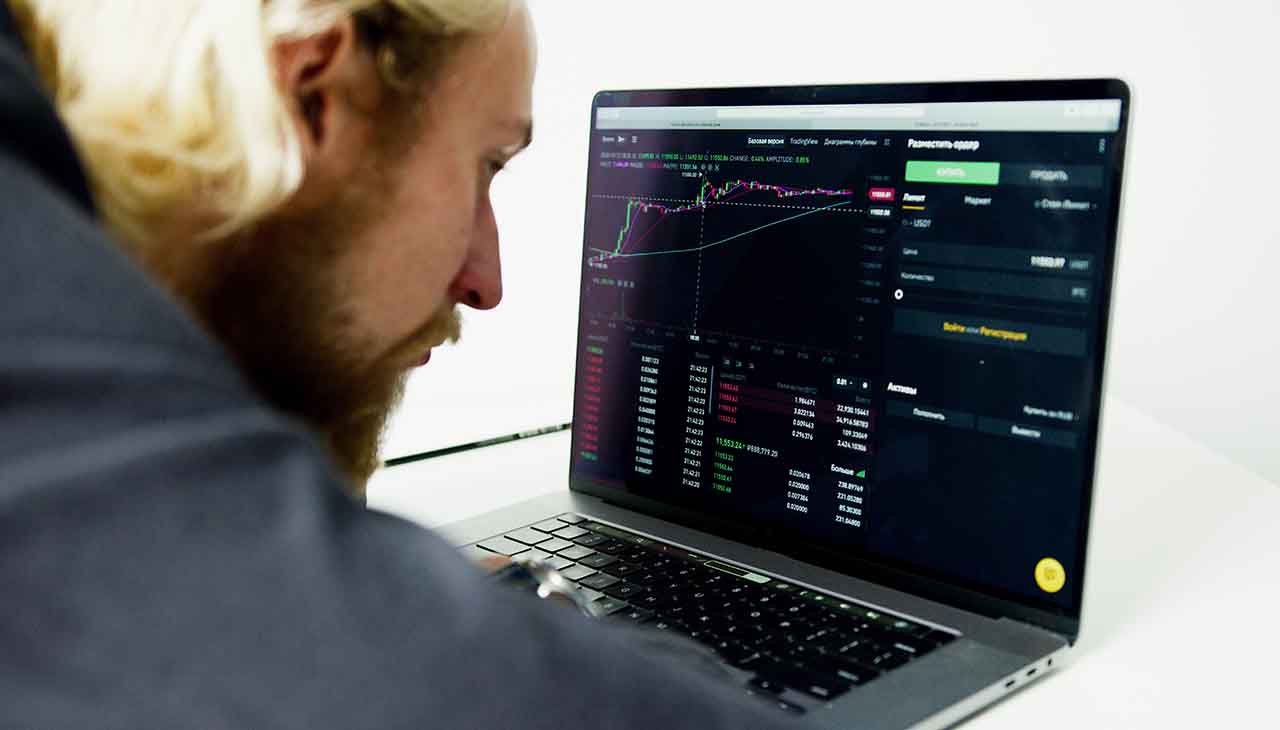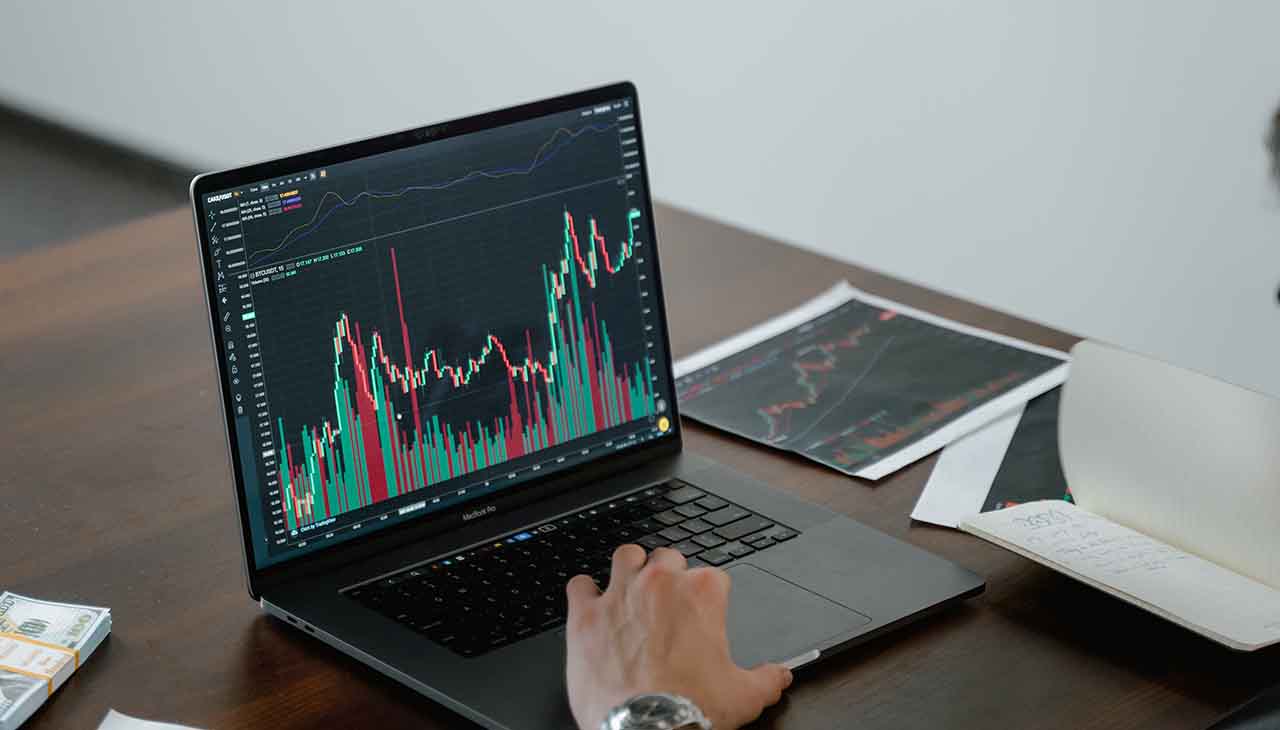If you’re a novice forex trader, the world of trading can seem overwhelming. With so many strategies and approaches to choose from, it can be difficult to know where to start. However, by implementing the forex best strategy, you can increase your chances of consistent profits in live markets.
In this guide, we will take you through the steps of implementing the forex best strategy, from understanding the basics of forex trading to developing a profitable trading approach. Whether you’re a beginner or an experienced trader looking to improve your skills, this guide will provide valuable insights and practical tips for success.
Understanding the Basics of Forex Trading
Forex trading, also known as foreign exchange trading, is the buying and selling of currencies on the global market. The goal of forex trading is to profit from the fluctuations in exchange rates between different currency pairs.
Here are some key terms and concepts to understand in forex trading:
- Currency pairs: Forex trading involves trading one currency against another. Currency pairs are quoted about each other, with the first currency listed as the base currency and the second currency listed as the quote currency. For example, the EUR/USD currency pair represents the euro as the base currency and the US dollar as the quote currency.
- Bid/ask price: The bid price is the price at which a trader can sell a currency pair, while the asking price is the price at which a trader can buy a currency pair. The difference between the bid and ask price is known as the spread.
- Pip: A pip is the smallest unit of measurement in forex trading, representing the fourth decimal place in most currency pairs. For example, if the EUR/USD currency pair moves from 1.2500 to 1.2505, that’s a five-pip movement.
- Leverage: Forex traders can use leverage to amplify their potential profits, but this also increases their risk. Leverage allows traders to control larger positions than their account balance would otherwise allow, with brokers offering leverage ratios of up to 500:1.
By understanding these basics of forex trading, you can begin to navigate the world of currency trading with more confidence and knowledge.
Developing a Trading Plan
Developing a trading plan is an essential step to becoming a successful forex trader. A trading plan is a clear roadmap that outlines your goals, trading strategies, and risk management approach. Here are some steps to follow when creating a trading plan:
- Define Your Goals: Start by setting realistic and measurable goals for your trading career. Determine how much you want to earn, how often you want to trade, and what kind of risks you’re willing to take.
- Identify Your Trading Style: Decide on your preferred trading style, whether it’s day trading, swing trading, or position trading. This will help you decide what timeframes to focus on and what indicators to use.
- Develop a Risk Management Strategy: Determine how much capital you’re willing to risk on each trade, and set stop-loss orders to minimize losses. Decide on your risk-to-reward ratio, which should be at least 1:2, meaning that your potential profit is twice your potential loss.
- Choose Your Trading Tools: Decide on the indicators, chart patterns, and technical analysis tools you’ll use to identify entry and exit points. Consider using multiple tools to confirm your trades and reduce the likelihood of false signals.
- Set Trading Rules: Write down your trading rules, including when to enter and exit trades, how to manage risk, and how to adjust your strategy over time. Stick to your rules and avoid making impulsive decisions based on emotions.
- Backtest Your Strategy: Test your trading strategy using historical data to see how it would have performed in the past. This will give you an idea of whether your approach is profitable and help you refine your strategy.
By following these steps and developing a solid trading plan, you’ll increase your chances of success in the forex market. Remember to continuously monitor and adjust your plan based on your performance and changing market conditions.
Technical Analysis
Technical analysis is a method of analyzing financial markets by studying historical price and volume data. Forex traders use technical indicators to identify market trends, and potential entry and exit points, and to make informed trading decisions. Here are some common technical indicators used in forex trading:
- Moving Averages: A moving average is a line that plots the average price of a currency pair over a specific period. Traders use moving averages to identify trends, as well as support and resistance levels.
- Relative Strength Index (RSI): The RSI is a momentum oscillator that measures the strength of a trend. It ranges from 0 to 100, with readings over 70 indicating an overbought market and readings under 30 indicating an oversold market.
- Bollinger Bands: Bollinger Bands are a volatility indicator that consists of three bands plotted on a price chart. The middle band is a moving average, while the upper and lower bands are standard deviations of the middle band. These bands can help traders identify potential support and resistance levels.
- Fibonacci Retracement: Fibonacci retracement is a tool that uses horizontal lines to indicate areas of support or resistance at the key levels before a price correction. These levels are based on the Fibonacci sequence, a series of numbers where each number is the sum of the two preceding numbers.
- Candlestick Patterns: Candlestick charts display price movements using Japanese candlestick patterns. Traders use these patterns to identify potential reversals, such as the bullish engulfing pattern and the bearish harami pattern.
Incorporating technical analysis into your forex trading strategy can help you identify trends, and potential entry and exit points, and manage risk. However, it’s important to remember that technical analysis is just one tool in your trading toolbox, and should be used in conjunction with other forms of analysis.
Fundamental Analysis
Fundamental analysis is a method of analyzing financial markets by studying economic, social, and political factors that may affect the value of currencies. Forex traders use fundamental analysis to gain an understanding of a country’s economic health and make informed trading decisions. Here are some key aspects of fundamental analysis in forex trading:
- Economic Indicators: Economic indicators, such as Gross Domestic Product (GDP), inflation, and unemployment rates, can provide insight into a country’s economic health. Traders use these indicators to gauge the state of the economy and identify potential trading opportunities.
- Interest Rates: Central banks around the world set interest rates, which can impact the value of a country’s currency. Higher interest rates tend to attract foreign investors, while lower interest rates can lead to capital outflows and a weaker currency.
- Geopolitical Events: Political instability and geopolitical events, such as wars or elections, can also impact currency values. Traders use news and current events to stay informed about potential market-moving events.
- Central Bank Policy: Forex traders closely watch central bank announcements and policy decisions, such as changes in monetary policy or stimulus measures. These decisions can have a significant impact on currency markets.
By incorporating fundamental analysis into your forex trading strategy, you can gain a deeper understanding of the forces that drive currency values. However, it’s important to remember that fundamental analysis should be used in conjunction with technical analysis and other forms of analysis to make informed trading decisions.
Conclusion
In conclusion, implementing the forex best strategy requires a combination of understanding the basics of forex trading, developing a trading plan, and incorporating both technical and fundamental analysis. By following these steps and continuously monitoring and adjusting your approach, you can increase your chances of consistent profits in the live markets.
It’s important to remember that forex trading involves risk, and no strategy is foolproof. It takes patience, discipline, and continuous learning to become a successful forex trader. However, by following the steps outlined in this guide and staying committed to your goals, you can improve your trading skills and build a profitable trading career.
As you embark on your forex trading journey, remember to stay up-to-date on market news, manage your emotions, and never stop learning. With dedication and perseverance, you can become a pro at implementing the forex’s best strategy and achieving financial success in the forex markets.


